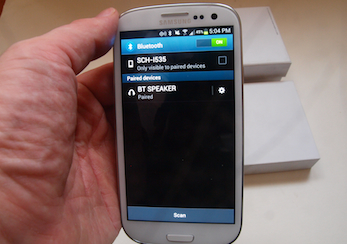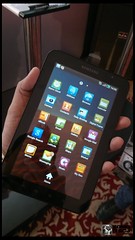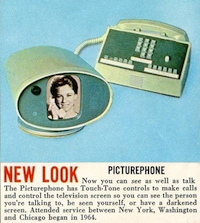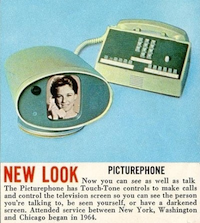
Magic Trackpad: “Swipe me!”
For the record, I do most of my work on a MacBook Pro. One reason I was able to break the spell cast by Dell and live happily ever after in Steve Jobs land is the Mac’s magical multi-touch trackpad. He/she that masters it—and it doesn’t take much—will enjoy effortless web navigation, healthy wrists and knuckles, truly higher productivity, and never having to shlepp their mouse in endless circles on their desks.
So it is amusing to read the conflicting headlines on Apple’s announcement yesterday to introduce this Mac technology to PC users in the form of the Magic Trackpad. Over at Silicon Alley, Dan Frommer lobbed this headline at the Apple gadget: “Hands On With The New Apple Magic Trackpad: It’s Weird But Could Be Useful.” At TechCrunch, MC Siegler has, for my money, a more insightful take: “Apple’s Magic Trackpad Signals The End Of The Mouse Era.”
I realize writers don’t necessarily choose their headlines, but Frommer is pretty clear that he thinks the Trackpad is kind of a novelty — an incense candle for those that need to connect with their Mac spirituality.
He is wrong.Continue reading









